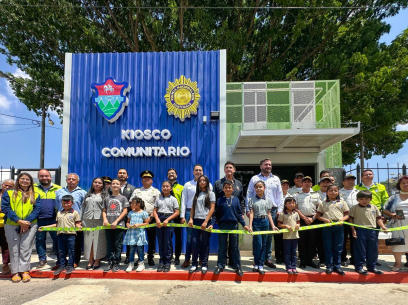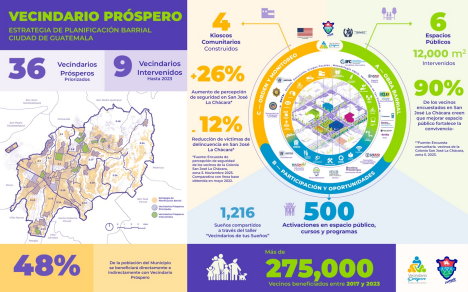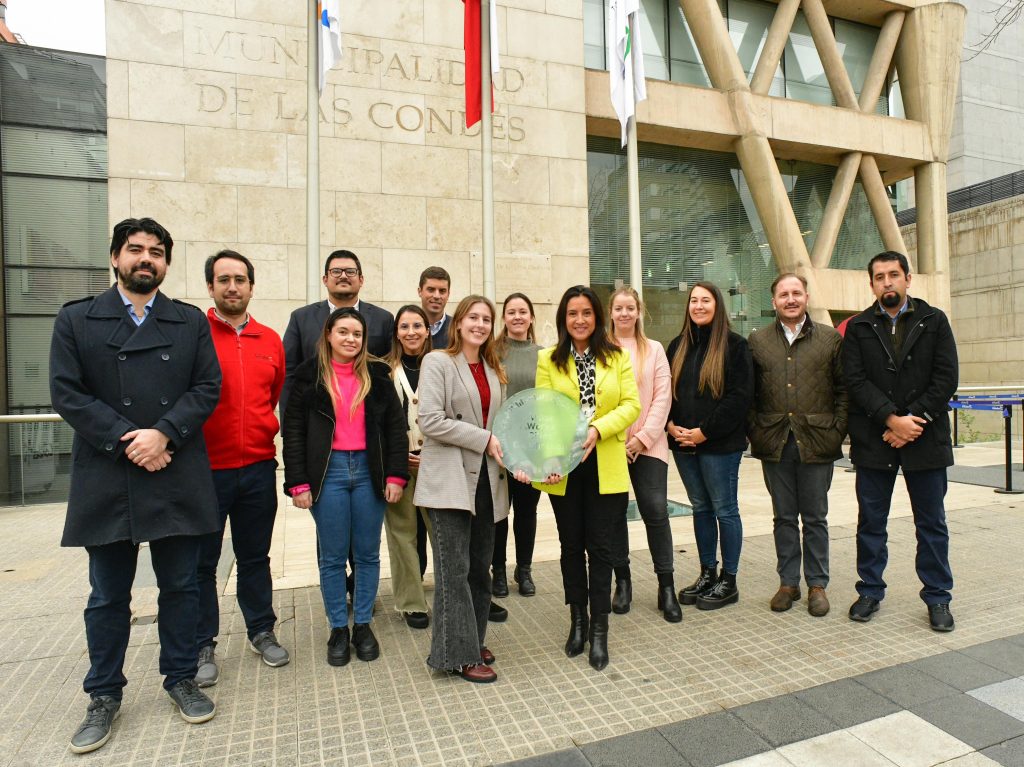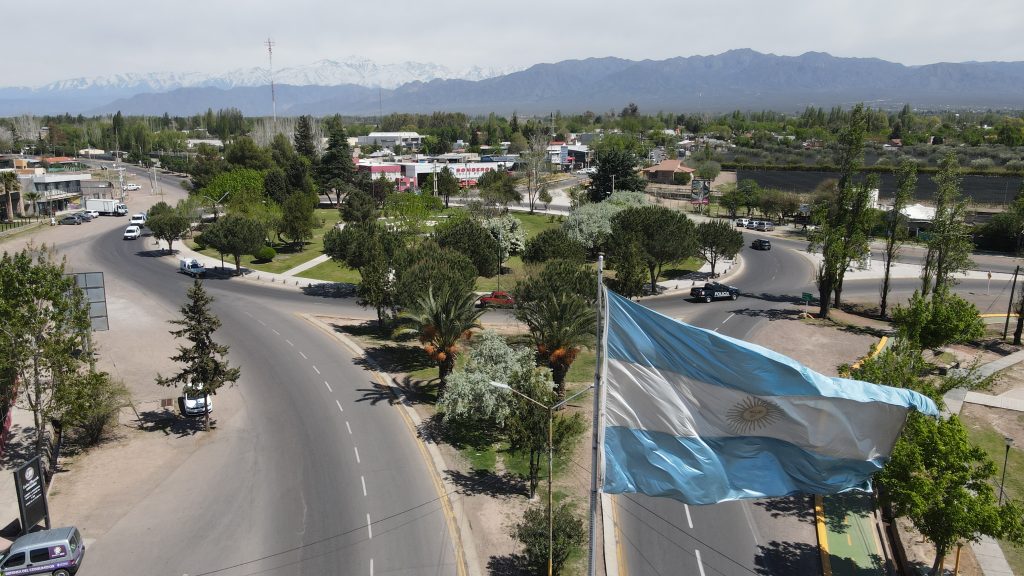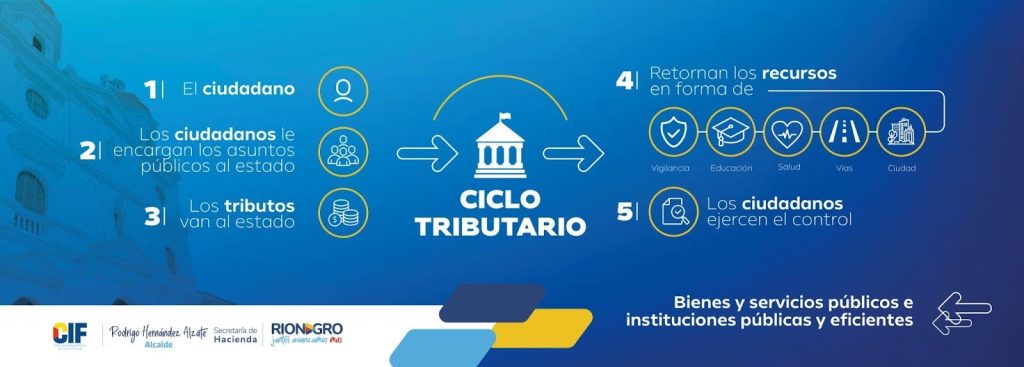Newark, New Jersey, USA
A Group Approach to Violence Prevention
Project Type:
Public Safety, Cross-Sector Collaboration, Community Engagement

At a Glance
Established a coalition of over 50 cross-sector partners to share and strengthen public safety and infrastructure data, which led to a 25% decrease in homicides in 2024 compared to 2023.
36% decrease in auto thefts in 2024, compared to 2023. Neighborhood hotspots have seen drops of 55%.
5% of Newark’s blocks account for the majority of violent crimes in the city.
50+ organizations that are part of Brick City Peace Collective, which coordinates Newark’s violence prevention ecosystem.
When the right data gets to the right people, significant change is possible. That’s what the City of Newark has pioneered with its groundbreaking approach to reducing violence. The city of more than 300,000 residents has become a national model in shifting responses to violence to be more data-driven, collaborative, and focused on violence as a public health challenge.
Newark’s Police Division works alongside The Office of Violence Prevention and Trauma Recovery (OVPTR), a community-based public safety entity. Under this umbrella is the Brick City Peace Collective (BCPC) that coordinates an ecosystem of more than 50 organizations working to reduce violence and increase wellbeing. Under Mayor Ras J. Baraka’s leadership, the collective launched in 2020 to coordinate and share data analysis, design interventions, and strengthen relationships between law enforcement and residents. BCPC partners include nonprofits, grassroots organizations, city agencies and the Newark Public Safety Collaborative (NPSC), an initiative of Rutgers University-Newark’s School of Criminal Justice.

“When we bring data into the conversation to understand where violence does and does not happen, we can start to move past misinformation, stereotypes and stigma, and redefine what Newark is and can be.”
“Through measurable and data-driven outcomes, we can decrease violence and ultimately save and change lives.”
With NPSC providing key data analytics support, BCPC members meet regularly to discuss trends and share insights, including crime hotspots and to develop response strategies. Take bodegas: In 2023, 53% of shooting incidents occurred within two blocks of several identified small corner stores. BCPC members then zeroed in on the 10 bodegas most associated with gun violence. Additionally, further data analysis illuminated what time of day shootings were most common near stores.
By utilizing data, the city can implement targeted responses rather than relying on generalized strategies. Responses built around this kind of data involve much more than police patrols. For instance, Newark’s power utility, PSE&G, may prioritize street lighting improvements if data correlates violence with darker streets. Staff from community-based organizations conduct targeted outreach walks, actively engaging local residents to better understand what a particular neighborhood is experiencing and needs.
All data, including information gathered through community outreach, goes into the City’s data management platform, which is accessible to all BCPC members. The platform also supports the City’s belief that violence prevention should be about more than policing: Through the platform, the Police Division is able to alert community support officers when crime victims or other residents may need mental health and other stabilizing services.

With weekly data reports highlighting the location of crimes and social service needs (based on referrals), social service organizations in BCPC are able to ramp up targeted outreach and community engagement efforts. Compared to five years ago, Newark’s violence prevention leaders no longer feel they’re playing catch-up. Instead, through disaggregating data to understand crime patterns and disseminating the analysis among coalition members, public safety strategies can be effectively co-produced by BCPC partners.
Strategies to prevent homicides and auto thefts (which spiked in 2023) are working as planned. Newark has seen a 25% decrease in homicides and a 36% reduction in auto thefts in 2024, compared to 2023. Juvenile arrests are also down. It’s no surprise that other cities across the country have visited Newark and looked to the city to learn about its comprehensive approach as a valuable violence prevention model. Their success is proof that data-driven collaboration can power on-the-ground progress.






